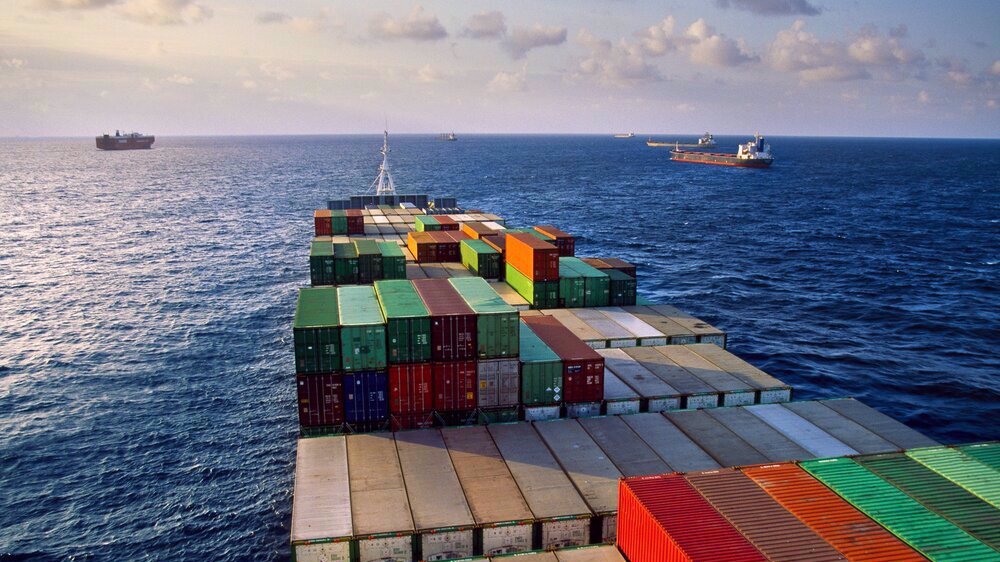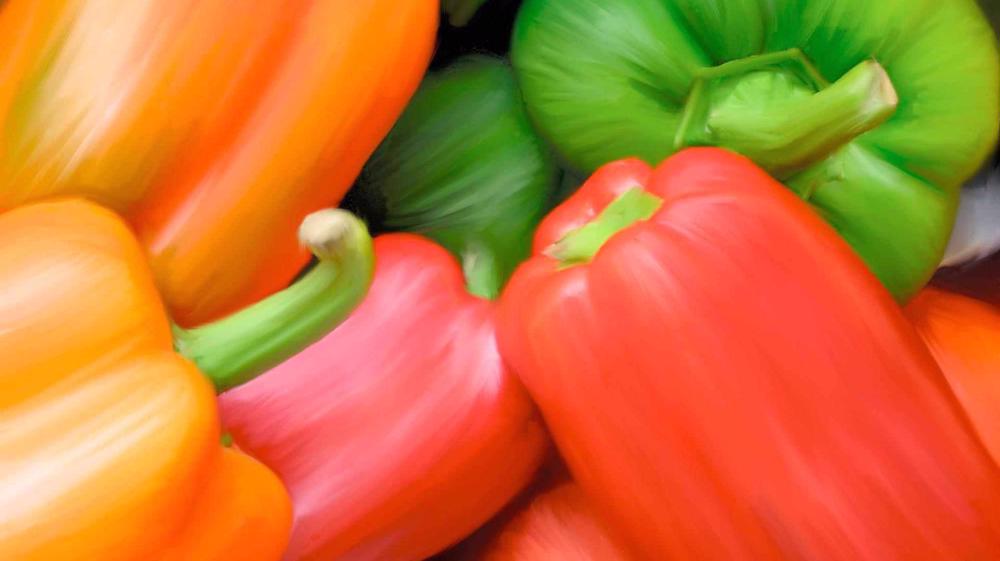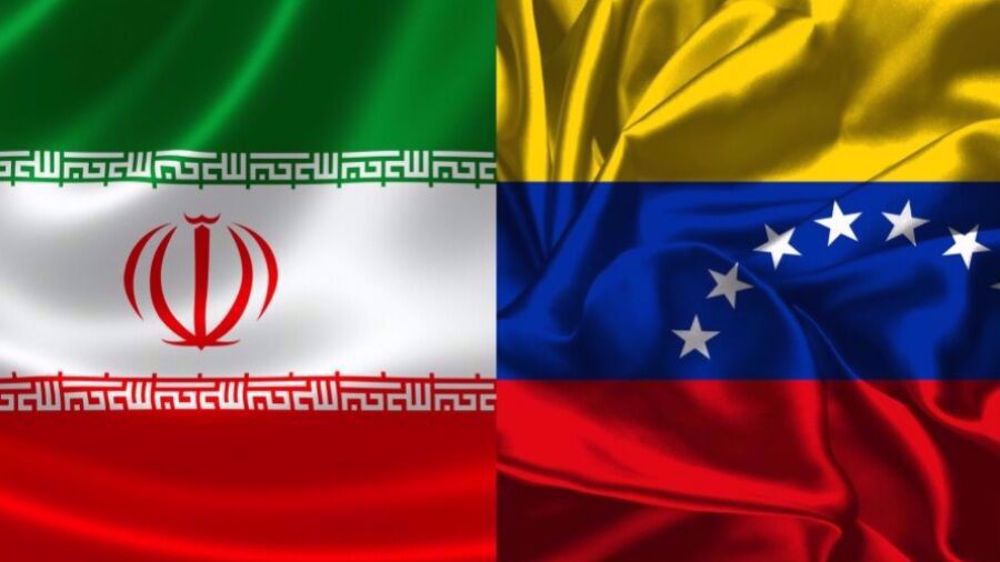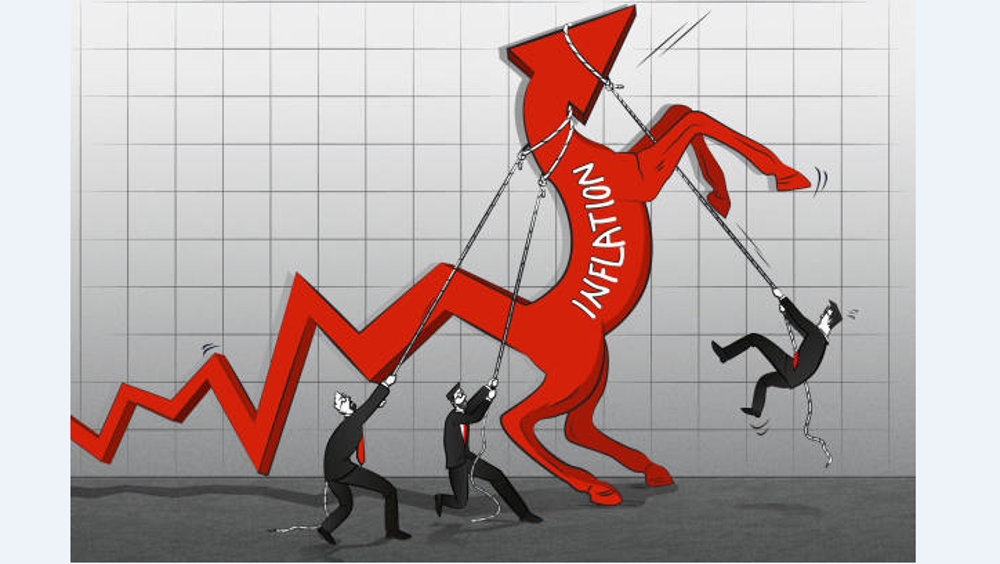Under sanctions, Iran, Russia ties evolve into strategic partnership
Iran's exports to Russia in the first nine months of the current Persian year which ends on March 20 increased by 58%, including 62% in agricultural and food products, a review of trade between the two countries shows.
Iran has a maritime border with Russia, which is the largest country in the world in size, through the Caspian Sea. Iran in the south and Russia in the north of the Caspian Sea - each with strategic access to the world's free zones and open seas – have extended neighbors.
According to statistics, Iran exported 828,602 tonnes of goods worth $432 million to Russia in the first nine months of the current Persian year. It also imported 2.7 million tonnes of goods worth $ 1.2 billion from Russia in the period.
That compares with 548,577 tonnes of goods worth $275 million which Iran exported to Russia during the same period in 2020 against 2.4 tonnes worth about $802 million which it imported from the country.
This translates to a 58% growth in value year on year and 51% in weight of Iranian exports as well as 53% in value and 11% in weight of Iranian imports in trade with Russia.
Surveys also show agricultural and food products, including seafood and dairy products, accounted for 62% of Iran's exports.
They included more than 441 tonnes of agricultural products worth $255 million, which accounts for about 59% of the total exports.
Iran also exported 4,054 tonnes of seafood, including 3,171 tonnes worth $9.6 million of shrimp. It sold more than 2,000 tonnes of dairy products worth $2.7 million in the period.
Other Iranian exports to Russia include a variety of minerals such as salt and zinc sulfate which is used as a dietary supplement to treat zinc deficiency.
Russia also imports polyethylene, activated carbon, cement, building materials, medicine, paint, shampoo, plastic sheets, clothing, leather bags, kitchen appliances, flooring, car accessories, fibers, carpets, building stones, industrial stones, all kinds of glass, tiles and ceramics, heaters, doors and windows, home appliances, ironware, gas and water tanks, industrial and bakery machines, radiators, sofas, clocks, watches, medical and laboratory equipment from Iran.
A brief hiccup in trade came in November when Russia sent back Iran’s shipment of bell pepper on the grounds that four types of unregistered pesticides had been used in their cultivation.
While the case received so much publicity in the media, the rejected freight of 1,200 tonnes was a fraction of 47,405 tonnes of bell pepper worth more than $20 million which Iran has exported to Russia in the nine months of the current Persian year.
According to official figures, the trade balance of $791 million is tilted in favor of Russia. However, trade between the two countries has grown almost identically. In other words, both Iran's exports to Russia and Russia's exports to Iran have grown by 58%, which shows the improvement of trade processes between the two countries.
"Although the trade balance is in favor of Russia, statistics show that the two countries have had the same trade growth," Mohammad Akbari, an economist, told Mehr news agency. "Iran and Russia are both under sanctions; they are almost in the same neighborhood. If the two countries expand trade relations, not only will they make sanctions ineffective, they will also build a business relationship that benefits both sides because of their proximity."
Akbari said Iran used to import livestock inputs only from Brazil, but it is now sourcing some of the feed from Russia.
"These things will increase the dependence of the two countries on each other and, of course, other countries such as the Eurasian Economic Union member states, which will ultimately lead to regional stability," he said.
"When we can send more goods to neighboring and regional countries, it will make dollar-related and banking problems ineffective, and we will exchange more goods in the national currency or through barter.
"This will accommodate both our needs and the needs of the target countries, and the constraints imposed on us by the domination system will become an opportunity for us to have better foreign exchange earnings and to choose new markets for exports," Akbari added.
An increase in bilateral trade is certainly indicative of Moscow and Tehran’s seriousness about forging closer ties. They have been planning a number of joint projects in oil, gas, nuclear and railway sectors and have signaled the imminent signing of a 20-year cooperation agreement.
Iran has always hoped that closer ties will help economically integrate it with Russia and with its other northern neighbors in Central Asia and the South Caucasus.
In 2002, Russia, Iran, and India signed an agreement for the International North-South Transport Corridor (INSTC), a 7,200 km multi-mode network of ship, rail, and road route for moving freight between India, Iran, Afghanistan, Azerbaijan, Russia, Central Asia and Europe.
The INSTC is seen a game-changer that will shorten the distance and lower the cost of transportation from South Asia to Europe through Iran and Russia and potentially serve as an alternative to the Suez Canal for East-West trade.
Maduro’s abduction: China says US cannot act as world’s ‘police’ or ‘judge’
VIDEO | Australians protest over US action in Venezuela
Cuba declares national mourning for 32 citizens killed in US raids on Venezuela
Iran: US must release kidnapped Venezuelan president
After US aggression against Venezuela, Mexico could be next: Report
Qalibaf: Protesters must be heard but foreign-linked agitators will be dealt with
VIDEO | German government refuses to condemn US aggression against Venezuela
Venezuela’s acting president calls for peaceful coexistence, dialogue with US











 This makes it easy to access the Press TV website
This makes it easy to access the Press TV website